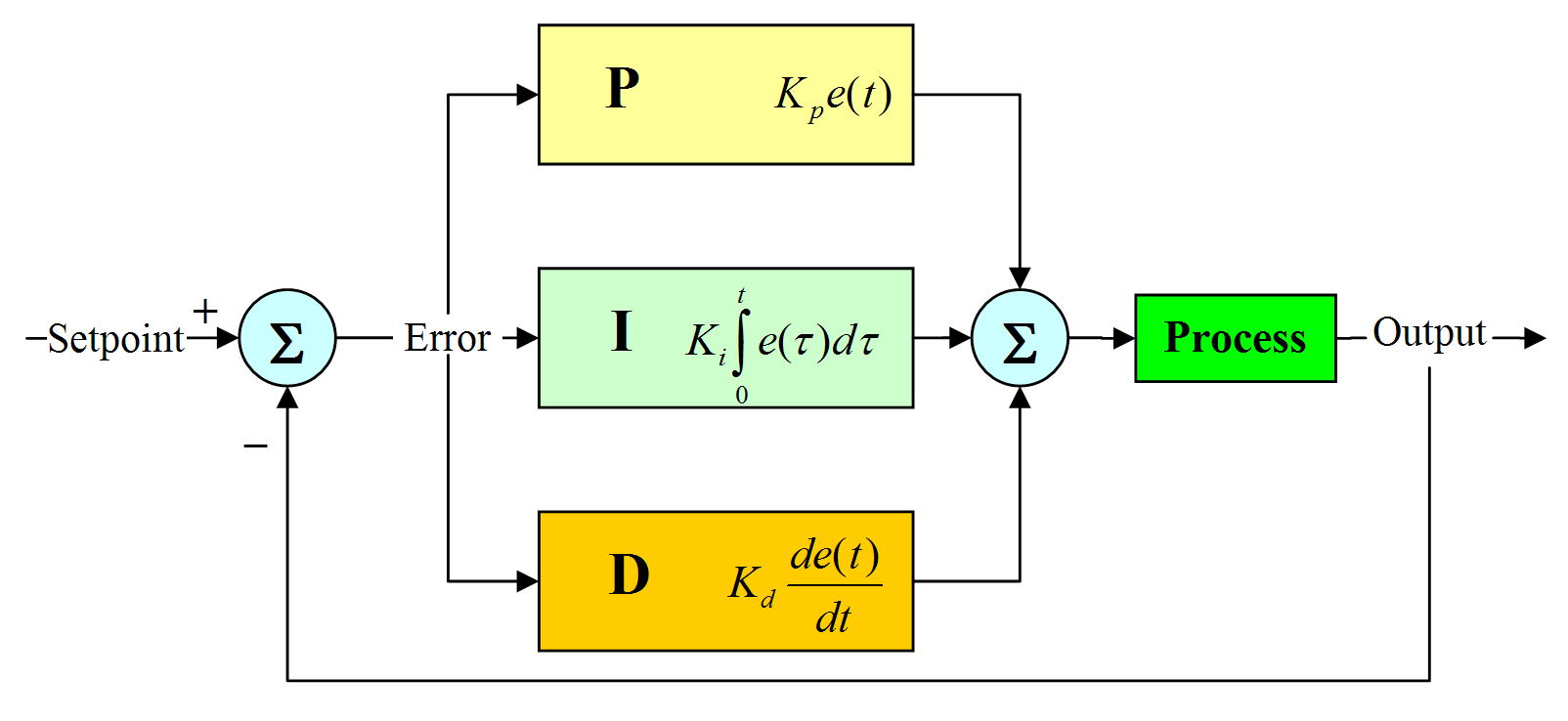Design Pressure
Set by the flange rating of the chamber or by the maximum working pressure of the
displacer, usually up to 100 PSIG (7 bars, 0.7 MPa) for the flexible disc and up to
600 PSIG (41 bars, 4.1 MPa) for the diaphragm-sealed designs. The flexible shaft
unit can operate up to
1000 PSIG (69 bars, 6.9 MPa); torque-tube designs are available
up to 2500 PSIG (170 bars, 17 MPa); magnetically coupled units can be used up to
6100 PSIG (410 bars, 41 MPa). Verify ratings with the manufacturer.
Design Temperature
Generally in the range of
−50 to 451°F (−45 to 230°C). Inconel®torque tubes canoperate from−350 to 850°F (−212 to 454°C). \For electronic transmitters, the temperature
of the topworks must be kept below 180°F (82°C). If the process temperatureisabove500°F(260°C)orbelow 0°F (−18°c), thermal insulation barriers or torquetube
extensions are usually recommended.
Materials of Construction
Displacers are available in type 316 stainless steel, Monel, polypropylene, or solidTeflon
The hanger cable assemblies can be obtained in type 316 stainless steel,
Monel, and HastelloyC. The cage (chamber) is usually carbon or stainless steel.
Inaccuracy
Varies widely with application and the instrument, typically 0.5% of full scale.
Range
Standard displacers are available in lengths of 14 to 60 in. (0.35 to 1.5 m). The range
of special units can go up to 60 ft (18 m).
Cost
Displacer-type switches cost from $200 to $500, and a 32-in. (0.81-m) electronic
transmitter costs about $2500; add $500 to $700 for an external steel chamber.
Partial List of Suppliers
ABB Instrumentation Inc. (www.abb.com)
Delta Controls Corp. (www.deltacnt.com)
Dwyer Instruments Inc. (www.dwyer-inst.com)
Endress+ Hauser Systems & Gauging (www.systems.endress.com)
The Foxboro Co. (www.foxboro.com)
Magnetrol International (www.magnetrol.com)
Masoneilan Operations Dresser Flow (www.masoneilan.com)
Norriseal (www.norrisel.com)
Schlumberger Measurement Div. (www.slb.com/rms/measurement)
Siemens Moore Energy & Automation (www.sea-siemens.com)
Yokogawa Corp. of America (www.yca.com)
INTRODUCTION
Archimedes’ (c. 290 to 212 BC) principle states that a body
wholly or partially immersed in a fluid is buoyed up by a
force equal to the weight of the fluid displaced. A level or
a density instrument is sensitive to the apparent weight of
an immersed displacer. If the cross-sectional area of the
displacer and the density of the liquid are constant, then a
unit change in level will result in a reproducible unit change
in the apparent weight of the displacer. The simplest level
device of this type involves a displacer that is heavier than
the process liquid and is suspended from a spring scale.
When the liquid level is below the displacer, the scale
shows the full weight of the displacer. As the level rises,
the apparent weight of the displacer decreases, thereby
yielding a linear and proportional relationship between spring
tension and level. The spring scale can be calibrated as
desired.
This simple device is limited to applications in open tanks.
In practical industrial service, the basic problem is to seal the
process from the spring scale or other force-detecting mechanism.
This seal has to be frictionless and useful over a wide
range of pressures, temperatures, and corrosion conditions.
The variations in the design of this seal provide the basis to
distinguish the types of displacement detectors that are in use
and are discussed below. They are the magnetically coupled
switch, the torque tube, the diaphragm and force bar, the spring
balance, the flexible disc, and the flexible shaft design. Each
of these units operates on Archimedes’ principle but is different
as far as its seals are concerned. All of them can be used to
detect a liquid–vapor interface, a liquid–liquid interface, and,
if the level is constant, the changes in density as well. The
flexible disc unit is available as a pneumatic transmitter, and
the flexible shaft unit is available as a high-gain pneumatic
controller or as a switch. The other designs are available with
integral pneumatic or electronic transmitters or controllers






